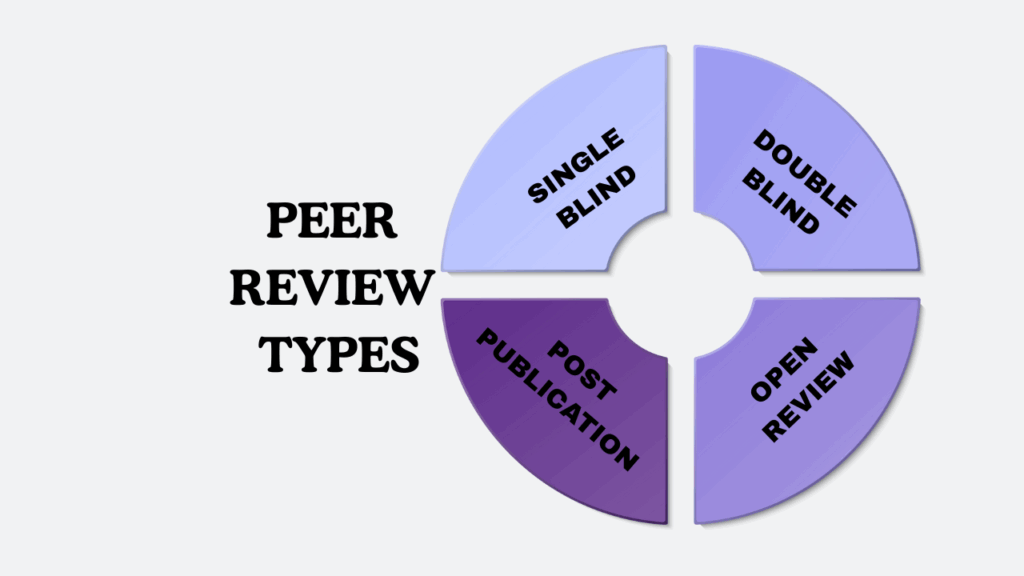How an author can deal effectively with coercive citation requests

In a previous article, I have explained how as an author, you can identify coercive citation requests from editors and how to distinguish such requests from legitimate ones. In this post, I will explain what to do when you receive a coercive citation request from the editor. Usually, such requests are sent along with other suggestions for improvement when a manuscript is returned to the author for revisions. What should authors do when they receive recommendations for modifying a manuscript in revision? The best strategy for addressing one part of the editor’s recommendation is to follow a universal strategy for addressing all of an editor’s suggestions. Rather than separating out the editor’s potentially questionable suggestion about additional references, the author should follow ‘best practice’ in responding to every recommendation for revision.
An author’s first step when receiving the letter of disposition that their work is potentially eligible for publication subject to revision (of course, after a brief period of celebration!) is to scrutinize very carefully the content of the communication. Many authors’ biggest error is reading the letter once and then putting it aside before starting the revisions. Inevitably, this leads to a revision that is unaligned with the editor’s recommendations. The better way is for the author to prepare a table in the word processing program with three columns: (1) What was I asked to do?; (2) What did I do?; and (3) Where in the revision can my changes be found?
Into the first column you should separately cut-and-paste every major and minor request for modification. Leave out none. Even minor modifications such as a simple grammar correction should have its own separate cell in column one. Later, the editorial team reviewing the modification will get a sense of the author’s detail-orientation from the degree to which the author can identify what has been requested, even the most minor. Within the first column will be one or more cells listing the additional suggested references.
In the second column the author embeds two elements: (1) A statement of agreement or disagreement about the need for the recommended revision. Presuming that the suggestion is acceptable to the author than a statement such as “I agree with the recommendation for it strengthens my article”, followed by the exact text which the author has embedded into the revised manuscript. The third column contains the page number, paragraph, and line number for the insertion/deletion. By providing this style of reaction to revision recommendations, the author saves the editor from the necessity of having the entire revised manuscript re-reviewed. Rather, the editor can inventory whether or not every suggestion in the disposition letter has been addressed.
Now, specific to the issue of the suggestion of incorporating additional citations/references: If the recommendation was justified, then the author should acknowledge and thank the reviewer/editor for the opportunity to update the quality of the manuscript and make an appropriate insertion. If, however, as an author you can find no justification for incorporating the recommended reference, then try the following approach. Against this comment in your response document, mark “Respectfully Disagree” and include a statement such as: “Careful scrutiny and consideration of the full text of the recommended article leads me to recognize that this work is minimally relevant for the following reasons, (here detail your objections, including sampling, methodology, outside of the scope, too old to be relevant, etc.).
What is crucial is that each objection you provide about the inappropriateness of the recommended reference must be supported by evidence of its irrelevancy: For example, “My submission addresses children; the recommended reference studied adults. I have consulted with senior scholars who, on balance, recommend that I not complicate the justification for my hypotheses by incorporating studies outside the age range of my sample. ” “My submission incorporates a novel strategy originated in 2010, the recommended reference used an approach that is now viewed as overtaken by the technologies described in my paper.”
Clearly, this is a delicate matter and one where the explanation must be couched exclusively in terms of a scientific justification. Avoid phrasing your statements to unravel and disclose your belief that the potential motivation of the editor was to boost the journal’s Impact Factor. Take the high road. Allow for a presumption that the editor, being human, was mistaken.
An early career researcher should never compromise their scientific integrity by incorporating irrelevant references. It is far better to presume that the editor is working from a strong base of integrity and react one-by-one to every suggestion in the revision letter and not separate out what might have been a clumsy attempt to boost the standing of the editor’s journal.
Recommended reading:






